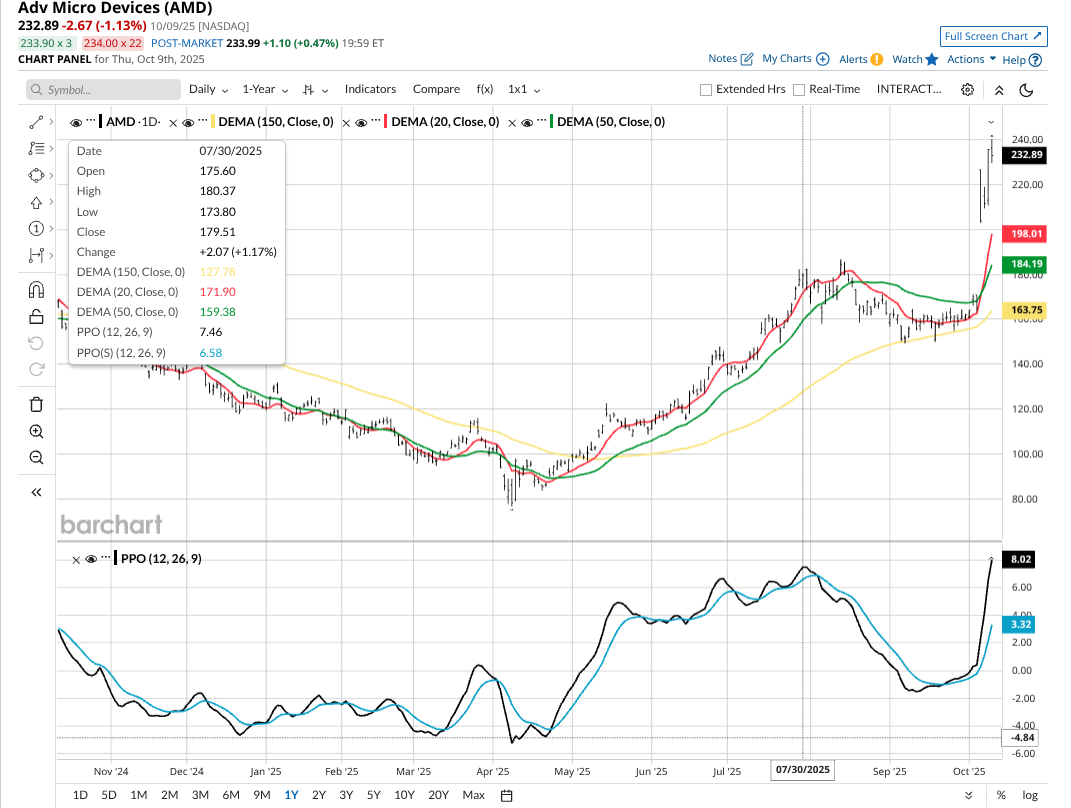 |
 |
|
Name
Cash Bids
News
Ag Commentary
Weather
Resources
|
How to Tell If a Leveraged ETF Is a Triple Threat to Your Wealth
As they say, just because it happened somewhere else, doesn’t mean it can’t come to your own backyard. Case in point. An exchange-traded product (ETP) traded in London and Milan – not in the U.S. – was closed down by the fund company. What’s the big deal? That happens all the time in the constantly evolving business of ETFs. It turns out that the math involved here is what makes this situation a cautionary tale for any ETF investor considering a growing segment known as “leveraged” funds That’s where an ETF is designed to track an index, but with a multiple attached. To date, there have been many funds created which aim to track a return that is twice or three times that of the index. There’s even one ETF that follows the S&P 500 Index ($SPX), but with a 4X ratio. The ETP across the pond that raised the issue of “know what you own” was a fund whose objective was to move in the opposite direction as the recently red-hot Advanced Micro Devices (AMD). With 3X leverage. Oops. There are several 3X leveraged ETFs listed in the U.S., but none are of the single stock variety. They are all based on indexes. As alluded to above, the issue with these products is not apparent until something like this occurs, as with AMD. The stock rallied about 30% in a single day.  That’s great for AMD owners, and shareholders of leveraged ETFs that own AMD, such as those based on the S&P 500, Nasdaq-100 Index ($IUXX), or semiconductor industry. But for a 3X inverse fund, that type of move blows out the asset base. Instantly, in this case. Most of that AMD move took place at market open. So a -3X ETF has no chance. Lessons From the -3X Implosion
Leveraged ETFs are like cars with a stick shift, power tools, and many other things in life that require some type of learned skill to use them correctly. They don’t have to be dangerous. But if you treat them like gambling toys, you risk having a part of your portfolio subject to a different type of “triple witching.” On the date of publication, Rob Isbitts did not have (either directly or indirectly) positions in any of the securities mentioned in this article. All information and data in this article is solely for informational purposes. For more information please view the Barchart Disclosure Policy here. |
|
|